Do you have a favorite recipe that you can't make gluten-free because it calls for self-rising flour? No problem! While there is no commercially available gluten-free self-rising flour blend, I can teach you to make your own in just a couple of minutes.
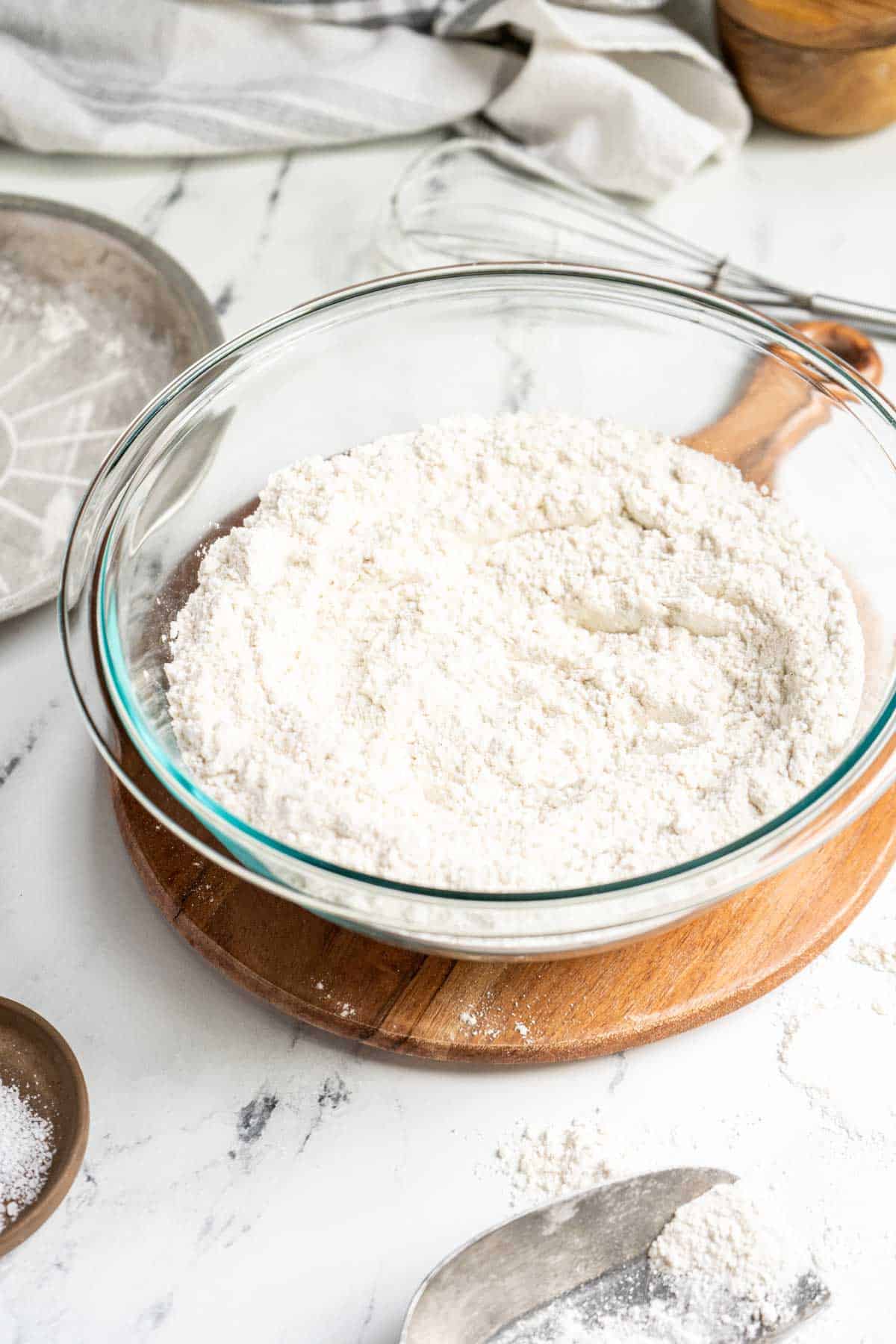
This post may include affiliate links. Please read my disclosure policy.
We all have recipes we miss making before we adopted a gluten-free diet. And recipes like cookies and muffins that often use self-rising flour are some of the easiest to convert to gluten-free.
However, I am not aware of any gluten-free flour brands that are commercially available in the US.
Jump to:
📖Why This Recipe Works
This gluten-free self-rising flour recipe is dairy free and doesn't require buying multiple specialty flours or a kitchen scale.
You can make a big batch and store it for future use.
💭 What is Self-Rising Flour
Self-rising flour is a product that is considered an all-in-one baking flour. Meaning it already has the leavening agent, baking powder, and salt added.
It is a shortcut for easy baking recipes like quick breads, muffins, and biscuits.
Self-rising flour should never be used in yeast recipes, like our gluten-free crescent rolls.
🧾Ingredient Notes
This recipe uses any gluten-free flour blend plus baking powder and kosher salt. Always use kosher salt in baking. All gluten-free baking recipes require a binder like xanthan gum or psyllium husk.
In quick bakes, xanthan gum is the most common. Some flour blends contain, others do not. If your favorite blend of flour doesn't contain either guar gum or xanthan gum you will need to add it.
Xanthan gum is what I suggest. It can be found in large grocery stores or you can buy it online.
Recommended gluten-free flour blend options:
- Bob's Red Mill 1:1 Baking Flour (contains xanthan gum)
- Pillsbury Multi-Purpose Gluten-Free Flour Blend (contains xanthan gum)
- King Arthur Measure for Measure (contains xanthan gum)
- King Arthur Gluten-Free All-Purpose Flour (does NOT contain xanthan gum)
- Namaste Gluten Free Perfect Flour or their organic version (both contain xanthan gum)
- Krusteaz Gluten Free All Purpose Flour (contains xanthan gum)
- Any homemade gluten-free flour blend you have successfully baked with in the past
All of the above flours contain a combination of white rice flour and brown rice flour and starches like cornstarch, potato starch, and tapioca starch.
After the basic gluten-free flours many of these contain specialty flours like amaranth flour of sorgum flour.
Some also contain pea protein and coconut flour so double-check the labels if you have any sensitivities or allergies to these items.
I do NOT recommend the following flours for use in this blend:
- Any single gluten-free flour. For example, just plain white rice flour.
- Bob's Red Mill All-Purpose Baking Flour because it contains bean flour
- King Arthur Gluten Free Bread Flour because it is adapted to yeast breads

See the recipe card for exact quantities.
⏲️How to Make a GF Self-Rising Flour Blend
Well, this is going to be hard. Just kidding. Mix all the ingredients together in a bowl and then use according to your recipe instructions.
I use a whisk but you do need to make sure the ingredients are thoroughly mixed together.
Serious bakers will often use a food processor to ensure the ingredients are evenly incorporated.
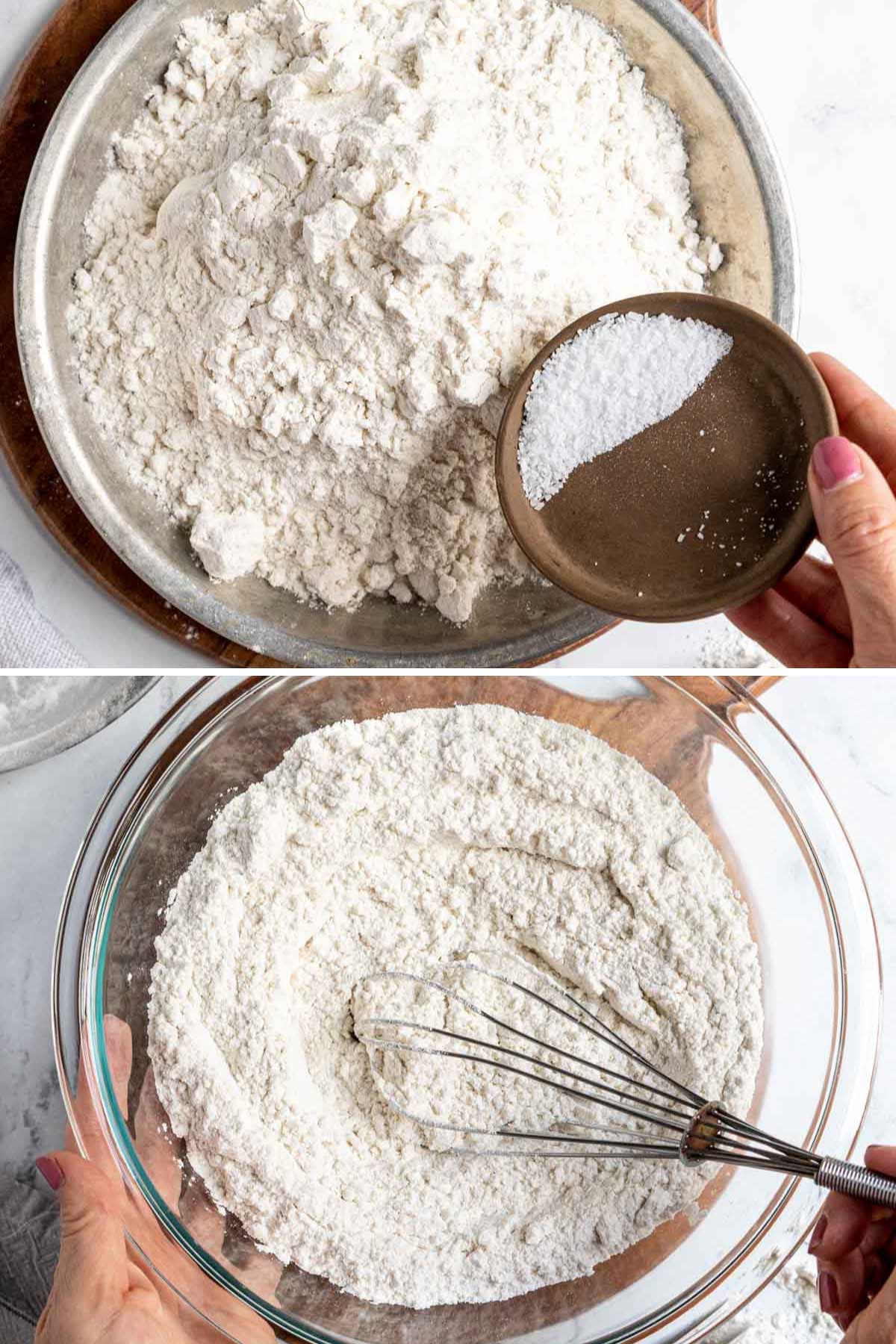
👩🏻🍳 Expert Tip
When measuring flour by the cup use a spoon to fluff it up within the container. Spoon the flour into your measuring cup. Then use a knife to level across the cup.
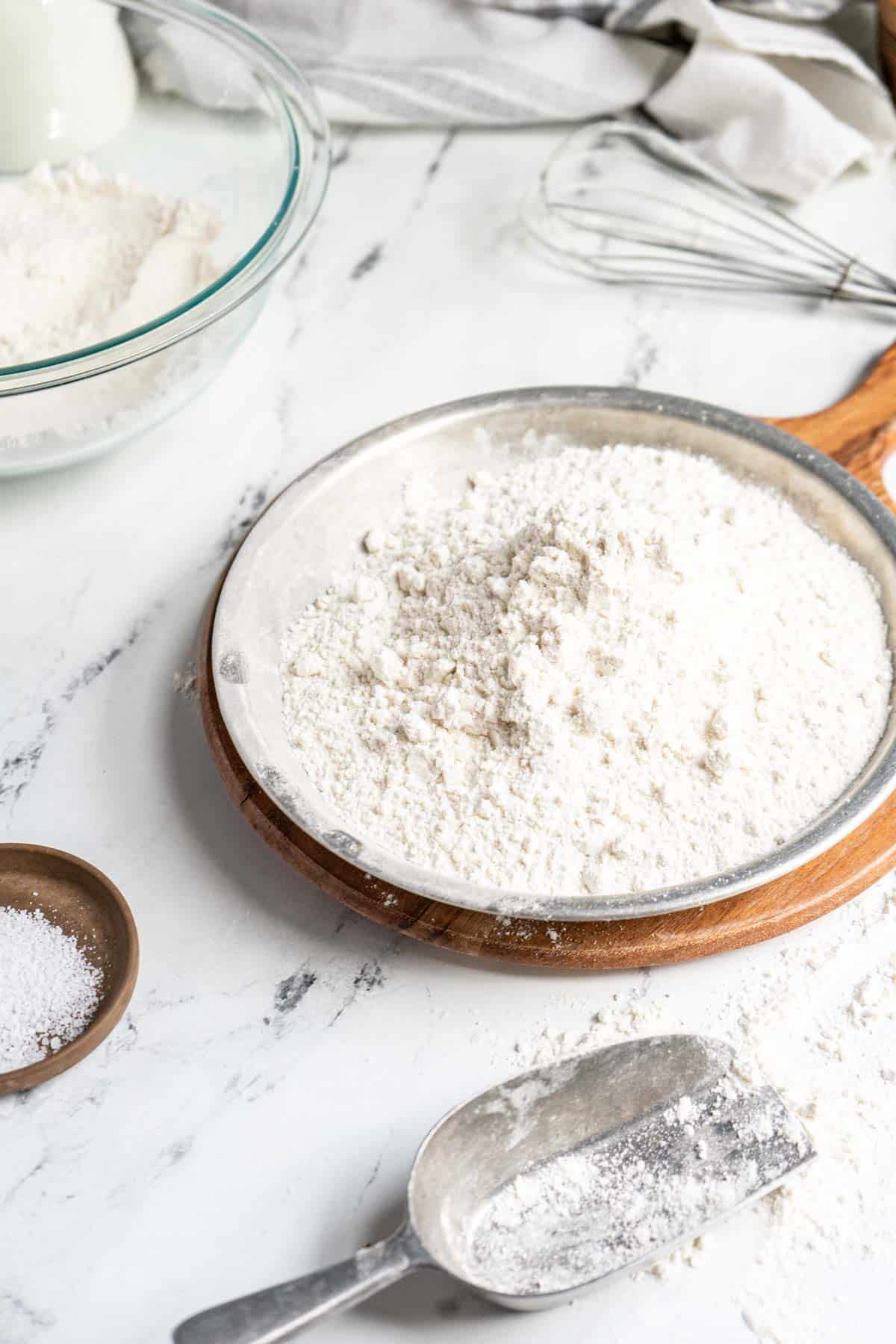
🌡️Storage
When making a large batch of gluten-free self-rising flour, you want to store it as you would any flour. Place in an airtight container, label, date it and store in a cool dark place. Just like all your other baking ingredients.
I also like to put the expiration date of the baking powder on the label. Baking powder loses efficacy over time, so use it within one year of making your batch AND before the expiration date on the package.
Give your elf-rising flour blend a good mix before using it.
Easy Gluten-Free Baking Recipes
💬Frequently Asked Questions
Yes, if a recipe calls for baking soda you do need to add it. The baking powder in the self-rising flour will not be enough.
Gluten-free flour blends can be dramatically different in weight. Therefore, it is recommended that you scoop your flour into a measuring cup and level it.
Did You Enjoy Making This Recipe? Please rate this recipe with ⭐⭐⭐⭐⭐ or leave a comment. It helps other wonderful people connect with my food.
📖 Recipe Card

Gluten-Free Self-Rising Flour
Ingredients
- 4 cups gluten free flour blend
- 1 teaspoon xanthan gum omit if your blend contains
- 2 tablespoons baking powder
- 1 teaspoon kosher salt
Instructions
- Whisk all the ingredients together in a large bowl4 cups gluten free flour blend, 1 teaspoon xanthan gum, 2 tablespoons baking powder, 1 teaspoon kosher salt
- Leftover flour should be stored in an airtight container in a dry dark place. The flour blend should be good for up to 6 months.


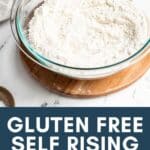
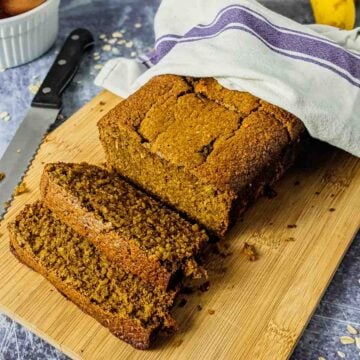
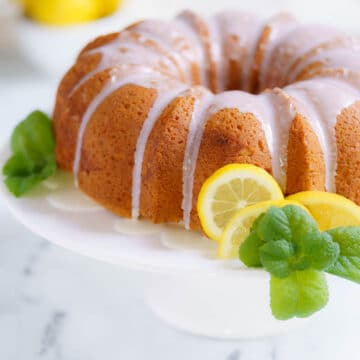
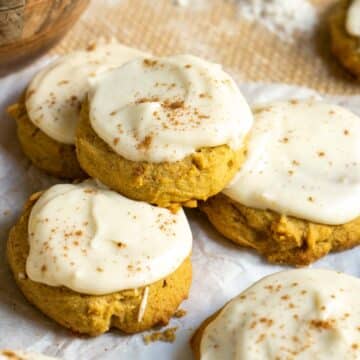
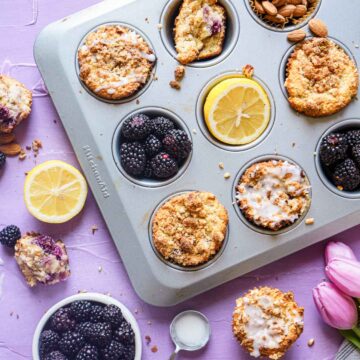
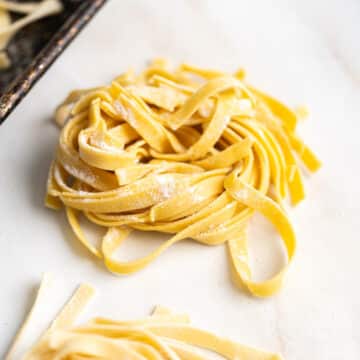
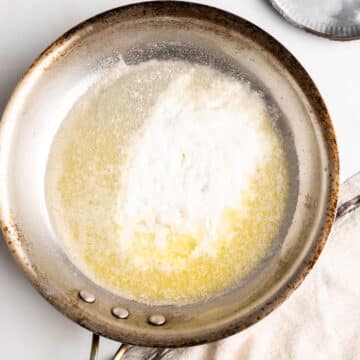

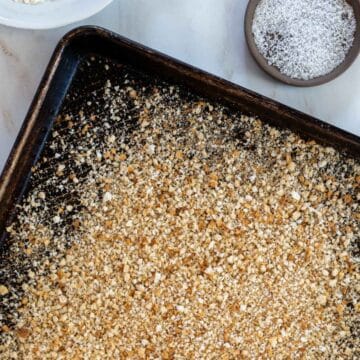
Comments
No Comments